
The Fall Guy
From DeNunzio Pool to the big screen, Kent De Mond ’07 has carved out a career as a stunt performer and brought his sister, Michelle ’07, along for the ride
In the summer of 2004, Kent De Mond ’07 was driving through the cornfields of Indiana when his father turned to him and said, “Are you sure you want to do this?”
De Mond, a diver recruited to Princeton from the suburbs of Washington, D.C., had just competed in St. Louis at the U.S. Olympic Trials, finishing seventh on the synchronized 10-meter platform. The 10-meter is as high as a three-story building — divers hit the water at 31 mph. The platform hadn’t worried his parents one bit. What came next did.
Again: “Are you sure you want to do this?”
The De Mond family — including younger sister Michelle De Mond ’07 — was headed from St. Louis to the paradoxically-named Indiana Beach, an amusement park built on a triangular spit of land in the dammed Tippecanoe River. Through the extended network of an old diving coach, De Mond had been hired as a performer in the park’s summer diving show. He’d just left the biggest competitive meet of his life, but his adrenaline was primed for the Tippecanoe, because the Indiana Beach divers didn’t just jump from 10 meters; they jumped from 20 meters.
“There wasn’t really YouTube at that time,” says De Mond. “So I just had to imagine it. I loved 10-meter, and I always loved doing stunty stuff, so the idea of jumping off something twice or three times as high just seemed like the coolest thing to me.”
The intuition proved correct. That summer — “the most fun ever,” says De Mond — formed an inflection that would steer him from Princeton’s DeNunzio Pool to one of the world’s most fabled vocations. He’d even bring his sister into the business.
The De Monds were going into stunt work.
Twelve years later, with manufactured fear in his eyes, De Mond is fiddling with the control unit on an overheating quantum research machine when it self-destructs, bursting into technicolor shrapnel. Or rather, Marvel’s CGI team will add the shrapnel in postproduction. There’s no combustion on the movie set, but a stunt harness running from De Mond’s costume to the soundstage roof snaps taut and flings him some 20 feet backward — “with a half-turn,” he specifies — heading for a patch of high-density foam that’s been painted to look like concrete.
Unfortunately, De Mond flies so fast that he overshoots the fake concrete and lands on the next thing over. Actual concrete. He’s wearing elbow and knee pads beneath his costume, “just the standard rollerblade ones,” but when he hits the deck, one of them shifts and his elbow thuds jarringly. Worse, he’s rocketing toward a camera, behind which an anxious stunt rigger sees his career flashing before his eyes. Just before the rigger steps into the frame and ruins the shot — to stop De Mond from bowling over a piece of six-figure hardware — friction does its job. De Mond comes to an excruciating halt less than a foot from the lens.
“I could feel it in my teeth how bad it hurt,” says De Mond. “And right away my bursa sac broke.”
Bursa sacs are liquid pouches that shield vulnerable body parts like the knees and elbows. Their integrity runs short at concrete collisions. “My elbow is filling with fluid,” De Mond remembers. “But I didn’t want to tell anyone because you don’t want to have the reputation of being hurt on set.” He compressed his arm with a neoprene sleeve and tried to shake it off, putting on a strained smile. “I’m pretty sure I also chipped my elbow. I had a floating bone in there for a long time.”
When the team announced they got the shot, De Mond (and his arm) nearly burst with relief. He wouldn’t have been able to give the fall another go, but he’d never have to admit it. Not to anyone who paid his salary.
As of 2023’s strikes, unionized SAG-AFTRA stunt performers earn an eight-hour day rate of $1,204. With long shoots being the norm, overtime can easily double that wage. The risk level of a sequence also adds a premultiplier “stunt adjustment.” De Mond’s example: “Doing a stair fall five times.”
The rig pull would’ve netted De Mond a hearty adjustment indeed, not just for its difficulty, but because it happened on the resource-rich set of Ant-Man and the Wasp, a 2018 film that went on to gross over $600 million worldwide. “It’s an incentive to do hard stunt work,” De Mond says of the added pay. “But honestly, even if the adjustment had nothing to do with it, anyone that’s gotten into stunts would rather do something fun.”
Three years into his stunt career, De Mond was having quite a lot of fun, and stringing together a salary to boot. Along with Ant-Man and the Wasp, his 2018 IMDb credits include blockbusters such as Black Panther, The Front Runner, and Rampage. Living with his wife and two kids in suburban Atlanta, he provided for his family by taking falls and punches, being set on fire, and speeding around in old French cars (he swears the stunt coordinator mistook “diving” for “driving”). His success has even inspired a couple former diving buddies, including his Los Angeles-based sister Michelle, to explore stunt careers of their own.
It took years — difficult, dispiriting years — for De Mond to get his foot in the door. But here he was. And rather than set him back, his grapefruit-size bursa sac merely provided a lesson. Always wear soft elbow pads beneath the hard ones.
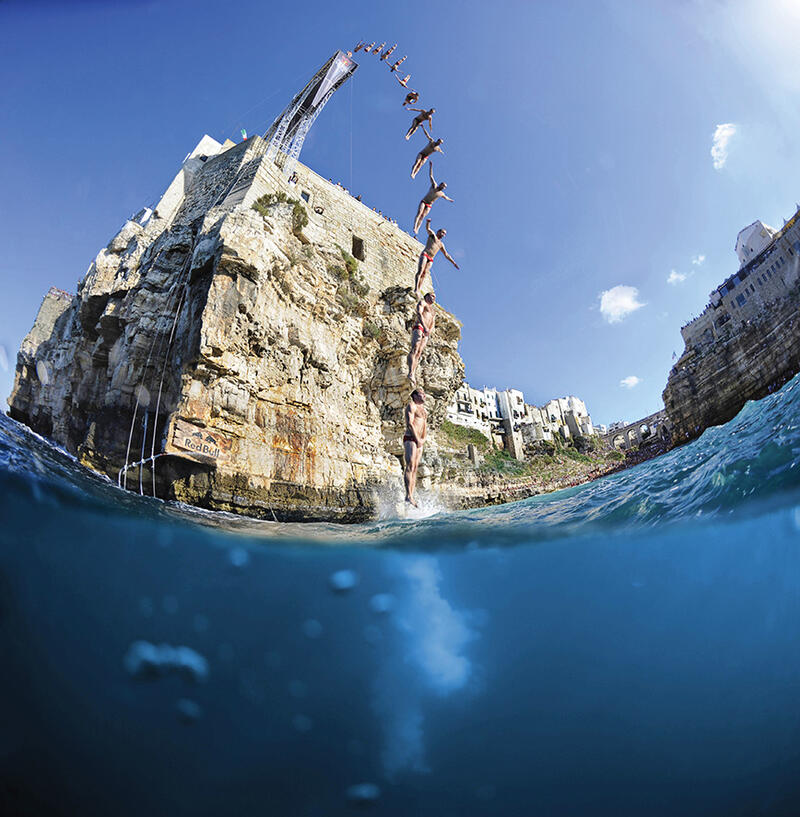
You can limit physical pain in the stunt world but never avoid it entirely. Thankfully, De Mond had over a decade of pertinent experience. Heading to Indiana Beach in 2004, he hadn’t realized how it would feel to jump from 20 meters. “Obviously it hurts when you crash from 10,” he says. “But it never hurt [from 10] as much as it hurt to high dive, even when you did it right.”
On one of his reverse takeoffs that summer — jumping forward, flipping backward — De Mond crouched too low and smacked his backside on the 20-meter tower. Plummeting toward the distant lake, approaching the 44-mph mark, “I was trying to roll down the windows [waving his arms in small, frantic circles] to get the dive around. I hit the water pretty loose and got really bad whiplash, to the point where I couldn’t move my neck at all for a few days. I was freaked out about that.”
Deservedly. But that was the worst of the summer’s blunders, and De Mond returned to school in the fall with nerves of steel. DeNunzio Pool is the only aquatic facility with a 10-meter in the Ivy League. Training for national tower meets, De Mond swiftly became an outlier. This made sense. In high school he’d been “dead set on the University of Southern California or University of Michigan,” where he could specialize in platform instead of 1- and 3-meter springboard. But longtime Princeton diving coach Greg Gunn — who retired in 2016 — approached the high school daredevil in 2000 and told him that Princeton had a full set of towers, not to mention a decent educational reputation. Maybe De Mond would come take a look?
“I really wrote it off,” says De Mond. “But I went on the recruiting trip and had the best time. The swim team makes a huge production out of it.” De Mond wound up taking two years off after his sophomore year to “get his head straight” but earned All-American status in 2005 and 2006 after he returned, focusing his studies on visual arts, specifically film and video production.
Merging passions after his junior year, De Mond traveled to Beijing and performed in a new aquatic production called Atlantis. He filmed the experience front to back, including the hectic, last-minute construction of the park prior to the show’s grand opening. That documentary became his senior thesis. But De Mond was more interested in high diving than film. He performed in Korea and South Africa after graduation and then hitched onto a state fair circuit across America, where he mounted slim peg ladders to reach one-foot-by-one-foot perches about 70 feet high. “Bugs Bunny style,” he calls it. “The tiny tank is 10 feet deep, full to the brim, held up by guy wires. Climbing to the very top perch and just turning around was really scary because on either side of you was about an 80-foot drop to concrete or grass.”
As for performing in the wind and rain, he says, “Yeah, it’s scary. Luckily you don’t get blown off your trajectory very easily.”
De Mond sent a video résumé to Red Bull and got called up to its professional high diving ranks in 2009. For the first two years, he was the only American on Red Bull’s international tour, jet setting around the world to specially made 27-meter platforms (52 mph impact). He dove from the treetop canopy through a cave opening into a Mexican cenote. He dove from the mast of an old clipper ship in Hamburg Harbor. He dove — head first! — from the 24-meter clifftops at Acapulco’s La Quebrada. “I’ve gotten seriously knocked out once,” he says. “Two other times, I wasn’t able to move for a little while I was getting my breath.”
But this was what De Mond signed up for, and he loved it. Search YouTube for “Red Bull cliff diving” in those years and you might see him cackling on the finals podium, spraying champagne in a frothy ode to survival. After winning the 2011 Red Bull competition at Acapulco, De Mond was hired by General Electric to film a commercial featuring the famous Mexican plunge. He flew down for the shoot but finished the harness and green screen work in LA. This earned him a SAG card along with a measly $1,000 payout. “I didn’t negotiate rates for myself. I just assumed they would pay me more.”
But then, the unexpected happened. “A few months later, I started getting random checks for $5,000, $6,000, $10,000, from residuals of the commercial.” De Mond had just married his high school sweetheart. He was surfing every day, working in San Diego’s Sea World diving show, but not saving much money. “I had kind of forgotten about working in film and TV,” he says. But the checks changed his mind. De Mond had his SAG card. He had backbone. Maybe he should give this movie stuff a shot.
If high diving had been physically rigorous, searching for stunt work was just exhausting. De Mond convinced his wife, Annabelle Everarts de Velp, to relocate to Atlanta in 2013 after hearing that LA was too crowded for a greenhorn stuntman, and that New Orleans, the next best thing, was fast on its heels. Atlanta was the true up-and-comer, with a limited stunt community and new tax incentives encouraging major shoots.
Everarts de Velp drew some consolation from her husband’s career change. “The stunts didn’t worry me as much as the cliff diving,” she says. “The most extreme stuff he did was the Red Bull World Series. Looking back, I was scared. But when you’re younger, you don’t think of consequences.” With the tightly controlled nature of Hollywood productions, she figured her husband’s physical risk would be improbably lowered upon entering the stunt world. “I don’t get those feelings anymore,” she says of the old fear reflex. “And if it’s really scary, what he’s doing, he knows not to tell me the details.”
During their first year in Atlanta, De Mond wasn’t doing many stunts at all. He spent 2013 circling the city in fruitless eight-hour driving shifts, tracking film-related road closures that were often just setups or teardowns. This was a rite of passage in the stunt world, “hustling the set,” where hopefuls crash filming locations and force their résumé into the hands of a stunt coordinator. If it sounds difficult, it is. De Mond worked in an Indian restaurant to make ends meet, hustling on off-days. “I don’t think I’ve ever been so miserable in my life.” Finally, he got his business card to someone on the set of The Hunger Games: Mockingjay – Part 2. The coordinator noticed De Mond diving on the card and said, “Oh. How high is that?”
“Almost 95 feet,” De Mond replied.
“And what was this for?”
“Red Bull.”
De Mond got called up for rehearsals and then for two straight weeks of Hunger Games work, where he made a full day of restaurant wages every hour. It wasn’t his only break that involved diving. In 2015, Red Bull diver Andy Jones heard that actor Jason Statham was looking for a stunt double to do a 60-foot headfirst dive from a cliff in Australia. Statham, himself a former diver, didn’t want to fake it. Jones thought De Mond looked similar enough to send in a résumé.
“I remember doing a crazy pull up, push up, and ab workout to get as swole as possible,” says De Mond. “I buzzed my head, trimmed my beard, and got my wife to take shirtless headshots.” He was in “diver shape,” not action-star shape. But with a bit of flexing, De Mond got the part and flew out to Australia’s Jervis Bay, where he stomped off the cliffs into an elegant swan dive. “That was a very concrete turning point,” he says, “from barely working at all to starting to make it a full-time job.”
De Mond followed the cliff dive (Mechanic: Resurrection) by doubling for Ed Harris in The Last Full Measure. Then he fought as a henchman in Black Panther and, as mentioned, got yanked onto a patch of bare concrete in Ant-Man and the Wasp. Thanks to his hairline, receding since high school, De Mond was primarily cast as one of three roles: “old guys, military guys, or henchmen.” But he was thankful for the work. No more restaurants. He’d do whatever it took.
After the Hunger Games opportunity, De Mond persuaded a former Sea World co-worker and LSU diver, Niko Dalman, to come live with him in Atlanta. When the two weren’t hustling sets, they filmed homemade fight scenes and taught themselves new action skills. One of these skills was rapelling, and it so happened that in 2016 a coordinator for the sitcom Still the King was looking for two stuntmen to jump backward off the roof of a brick building, swing down its side, and break, feet-first, SWAT-style, through its lower windows.
“That was pretty over my head,” says De Mond. He and Dalman had only taken up rapelling a few months before the call went out, but in classic freelancer spirit they said yes and learned later, training at a ruined factory. “We started on a cliff face,” says Dalman, “drew some chalk on the rock, and tried hitting the mark. The ruin actually had windows, so we went through those.”
“When we got to Nashville for the shoot,” says Dalman, “the adrenaline kicked into gear.” Dalman and De Mond rigged up the entire stunt themselves in subfreezing weather. Because the production team brought a single set of explosives to break the two tempered glass windows, there would be just one chance to get it right. Furthermore, it would only work if De Mond and Dalman smashed through at exactly the same time. They hadn’t practiced that — but they’d done plenty of synchronized dives back at Sea World. “We actually said, ‘Ready, set. Ready, dive,’” recalls De Mond. “We were spot on. It was awesome.”
“It’s always something different when you get to set,” says Dalman. “It’s really about figuring out the safest way to do something. It’s less chasing adrenaline and more doing something cool, safely.”
Even so, adrenaline had more of a presence in De Mond’s life than in most of his Princeton classmates’. And Dalman wasn’t the only one drawn to its flame. While the two were working at Sea World, Kent’s younger sister, Michelle, middle child of the family, had been working a desk job and having sibling envy. She and her younger sister, like Kent, had been standout divers in the D.C. suburbs. Michelle followed her older brother to Princeton, diving all the while, albeit with more traditional plans for her degree. “Kent always had ambition to be a stunt person,” she says. “I didn’t even know it was a job.”
Michelle moved to New York and then LA after graduation, spending her early 20s in advertising. Three years into her career, she found desk work cumbersome and the market crashing. “Kent was doing these dive shows and I was like, man, his life seems so awesome. He travels around. He’s active.” Michelle got in touch with Kent’s boss, was hired by a Royal Caribbean diving production, and never looked back. A few years later, she joined Kent and Dalman on the set of ABC’s Splash, a 2013 reality diving show where she and Dalman earned SAG cards. Instead of hustling sets — “I’m too shy for that,” she says — Michelle joined a database of on-call performers and received a major break in the television show Sleepy Hollow. Then came the action-drama Scorpion, where she doubled for Katharine McPhee and met fellow stuntman Shaun Vickers, who became her husband. They moved to Atlanta after the pandemic, citing cost of living, and had their first child in 2024.
“Compared to Kent, I’m more of a cautious adrenaline junky,” says Michelle, whose 47 IMDb credits include NCIS, Young Sheldon, and Grey’s Anatomy. “Sometimes I don’t really want to do things if I might get hurt. Kent is like, ‘Eh, I’m just gonna try this.’”
But make no mistake: Michelle is also in it for the thrill. “It’s the same as when you get up to do your dive,” she says of being on set. “You have that pressure. That heartbeat. That’s where the drive comes from. The excitement.”
A first in their respective careers, the De Mond siblings and Dalman found themselves working on the same set in 2021, Marvel’s
Black Panther: Wakanda Forever. One of the film’s early action sequences required 12 divers to jump simultaneously from a cargo ship anchored in the nighttime waters of Brunswick, Georgia. Some were stationed at 20 feet, others at 40. Michelle and Kent
were both at 65, Kent with a titanium rod still in his shin from an off-road rollerblading stunt. Dalman was above them, at 75.
“We were supposed to be in a trance,” says Michelle. “One person went on count one, another on count two.” The divers wore wet suits so that they’d float if they went unconscious. A perimeter of safety Jet Skis surrounded the impact zone, keeping out of the camera shot but ready to rush in afterward. It was 3 in the morning.
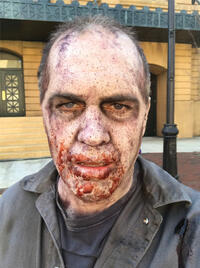
“That was one of the few times,” says Michelle, “when I was like, OK, I’m really scared.”
Dalman’s adherence to character — remember, the trance — caused him to hit the water loose, wrenching his legs apart and doing a number on his knees. He hopped on a Jet Ski, hobbled over to tape his legs in the trailer, and limped on board
for three more takes. It turned out he’d torn both menisci. “It was … fine,” he says with a chuckle. “Just took a bit to rehab.”
Fortunately, Dalman’s next stunt opportunity came on The Walking Dead, where he played a stumbling zombie who got stabbed in the head by Norman Reedus. He knew the game by now: Getting dinged up was occasionally part of the pay check, the continuation of a trajectory that began in 2012 when he wandered downstairs in his San Diego home and found De Mond and their housemate Andy Jones “beating the crap out of each other in the backyard.”
“We’re gonna be stunt guys!” they cried, to which Dalman replied, “I’m in!”
“All right,” said De Mond. “Let’s fall down the stairs next.”
Thirteen years later, the stunt world remains a bumpy ride, physically and financially. But there’s an inimitable dynamism to this line of work, an old-fashioned adventurousness that, for some, is a lodestone.
“I’ve got to give it to Kent,” says Dalman, sounding a bit wistful. “His fearlessness is infectious. The guy’s not afraid of anything.”
Eric Olson is a Seattle-based writer whose work appears in The New York Times, The Washington Post, and Slate. He dove for four years at Yale, competing frequently at DeNunzio Pool. He’s working on a novel about Timothy Leary.

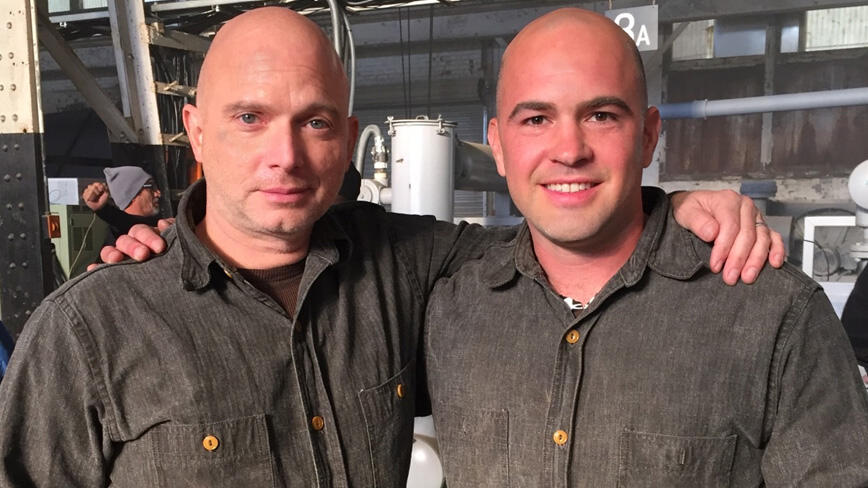
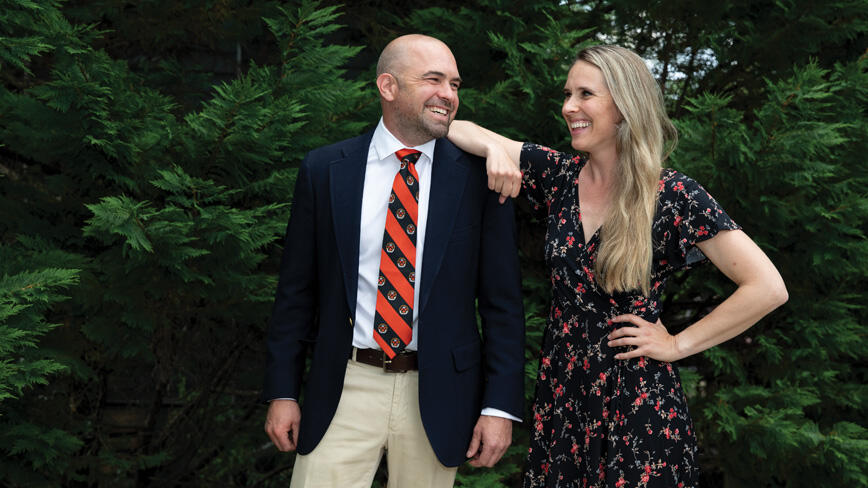
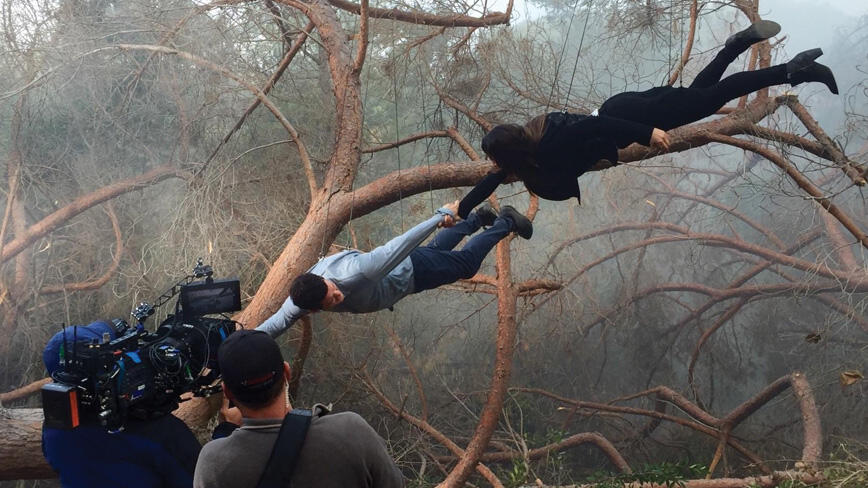
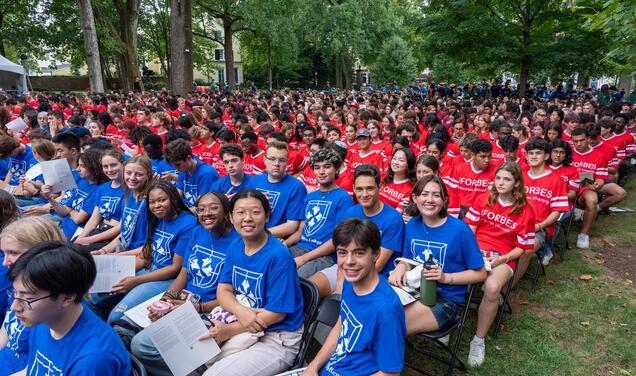
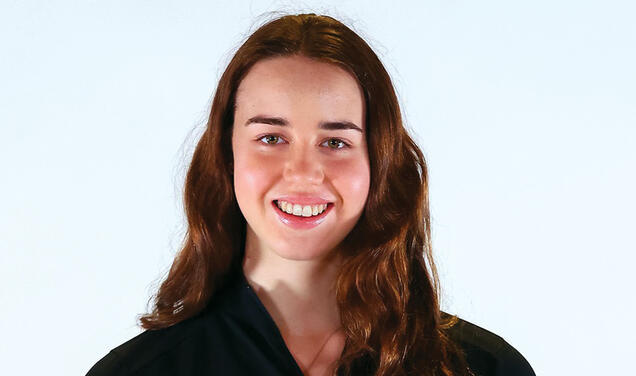

No responses yet